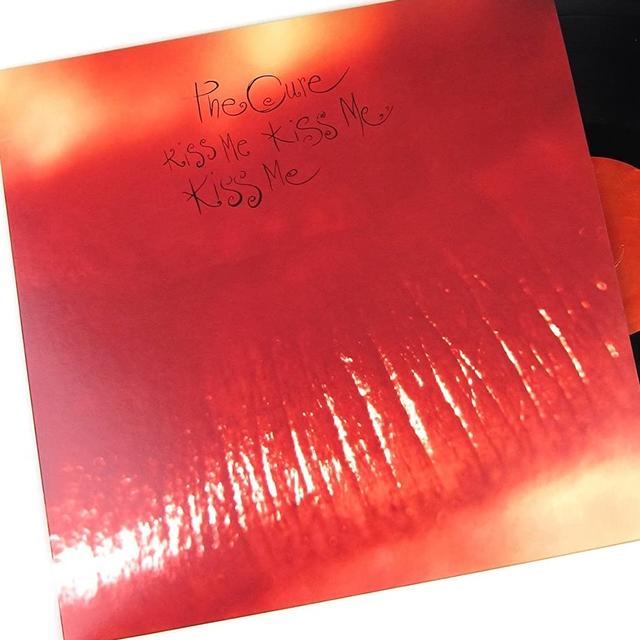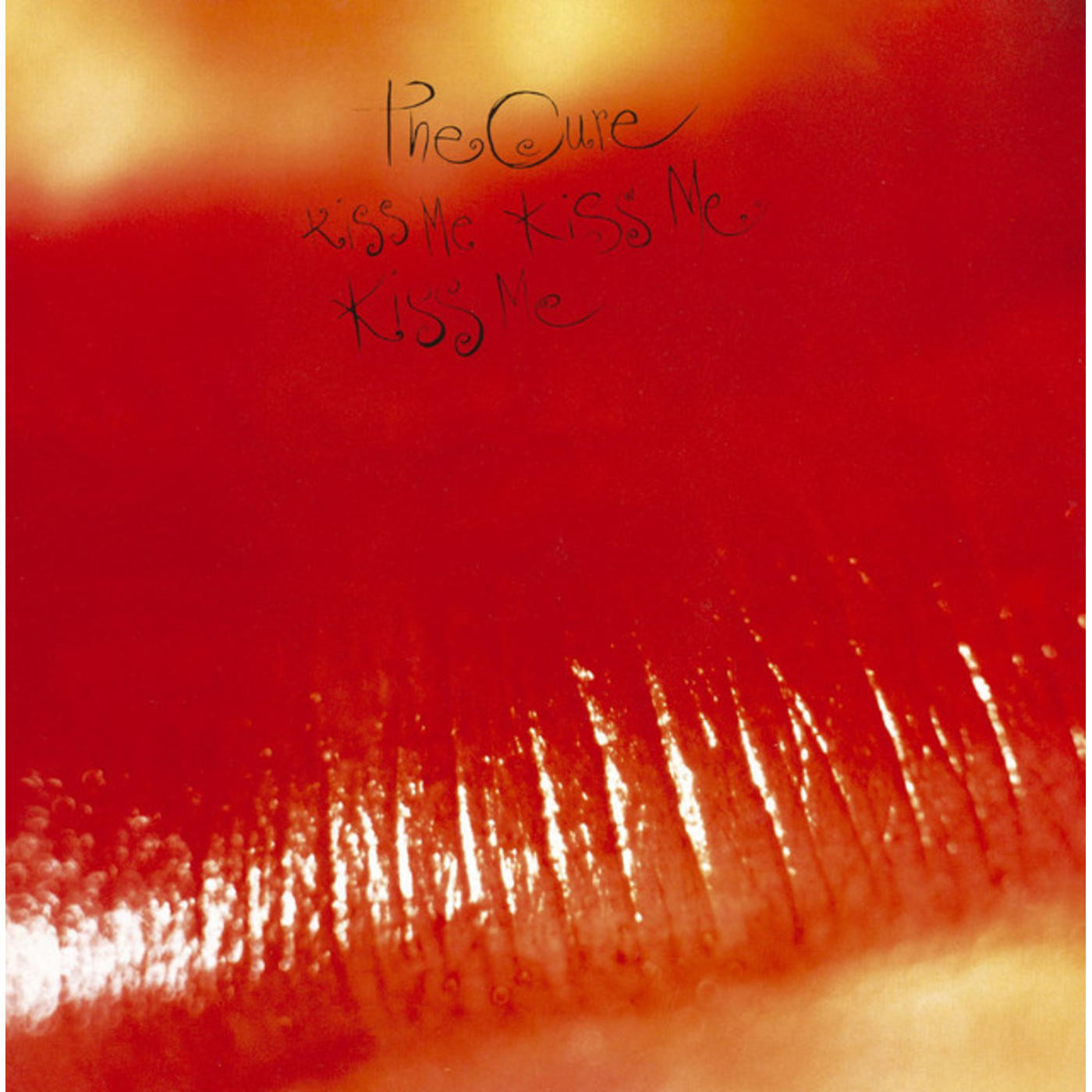Deep Dive: The Cure, KISS ME, KISS ME, KISS ME

By summer 1987, Robert Smith and the Cure had gained serious momentum in America. The British post-punk outfit made inroads on this side of the Atlantic with sixth studio LP, 1985's The Head on the Door, and breakout single, "In Between Days." In 1986, the band got legions of new fans update on the back catalog with greatest hits collection, Standing on a Beach. When it came time to reconvene for the outfit's seventh studio effort, The Cure seized the moment to double-down--literally.
Released on May 25, 1987, double-album Kiss Me, Kiss Me, Kiss Me found the Cure fully formed, able to confidently explore myriad new territories in sound. Funk, jazz, R&B--no genre was off limits for the band's magnum opus. The stage had already been set for a new, party-time version of the Cure, thanks to lead single, "Why Can't I Be You?," released early April 1987. The manic, upbeat dance tune peaked at #54 on the Hot 100 in August, but was a smash across MTV.
"That was a pivotal time for us because right before then the way we managed to introduce ourselves to America really happened with MTV," keyboardist Lol Tolhurst told the Observer in 2017. "In the early days, we had made a few videos and had made a few pop singles, and MTV was really small. There were maybe six or eight videos released every week, so they had to play us, as there wasn't a lot of material otherwise. So that really resonated with the sensibility of The Cure.
"In general, we've always appealed to people from small towns in suburbia like ourselves," Tolhurst continued. "People ask me why is it that out of all the bands from the '80s, the three bands that are still huge are in America are The Cure, Depeche Mode and The Smiths. It's because we came from the same kind of place, so it doesn't matter if it's suburbia in South London or suburbia in Southern California; it means the same thing to people and that the thing that we were able to express, and people understood that. That's why it kept going, that and we played an awful lot and went on very, very long tours."
With the Cure launching The Kissing Tour in the fall of 1987, the album's third single landed in October: instant classic "Just Like Heaven." Peaking at #40 on the Hot 100 in January 1988, Robert Smith considers it the best song he's ever written.
"It's one of a handful that when you're playing it in front of people [that I think that]. When I sing, 'It's just like a dream,' and Roger starts doing the piano bit, I look at people and everyone suddenly looks over at the piano and I look at the crowd and it's one of those really lovely moments," Smith told Rolling Stone in 2019. "When I wrote it, I thought, 'That's it. I'll never write something as good as this again.' I remember saying to the others in the studio, 'That's it. We might as well pack up.' Thankfully, we didn't."
The Cure released one last single from the double-album: the crazed goth-funk of "Hot! Hot! Hot!" America's new love affair with the band was official. Kiss Me, Kiss Me, Kiss Me, reached #35 on the Billboard 200 over the week of July 4, 1987, a new peak for the group in America.
"'Pop' for The Cure was never a dirty word and we always had an appreciation of that," Tolhurst explained of the album-making process. "We can be different kinds of bands, or we can deviate from where we were in the realm of post punk into a more pop-oriented area, and we can do it without losing the intensity. Because there was some intense songs as well, and we wanted to mix it all up. There was so much material that it just seemed a shame not to make it a double album."

